
There’s a time and a place to drink gallingly black instant coffee from a plastic cup, and it’s here and now, at the Marasha Reserve, sitting on a wooden dock and looking out across the lake. The sun is just glimpsing over the tops of the tall, green trees, the breeze is still cool and causing the water to ripple like the skin of an octogenarian’s hand. Sharp, squawking parrots cut the morning’s silence, while fat red birds with pompous blue crests on their heads warble from branch to branch.
Carlos, our guide, has just speared a fish, and he holds it out for us to see. The prongs slit cleanly through its silvery side, and its useless, flapping gills are panting. Inside is ruffling the most gorgeous red. Soon, it will be deep fried and eaten for breakfast with crisp arepas, scrambled eggs and milky hot chocolate.

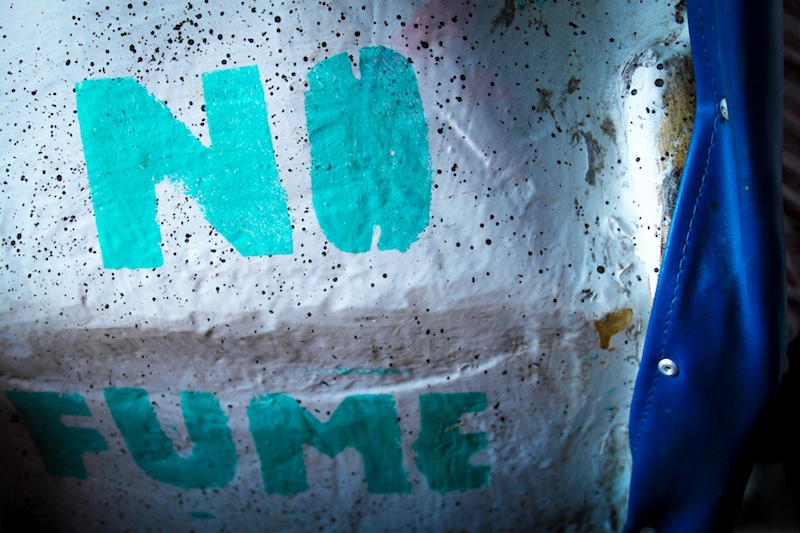
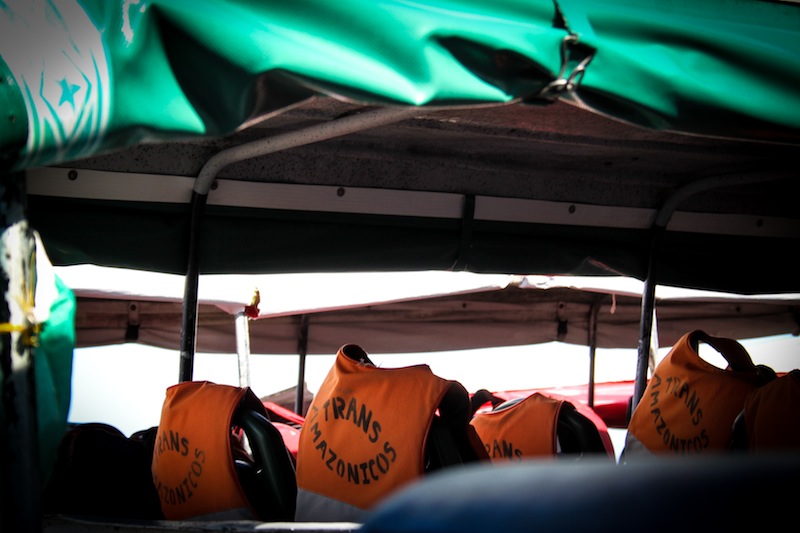
For weeks before my trip, people had been telling me how dangerous the Amazon was, and I’d been properly worried. There’d be mosquitoes carrying yellow fever and dengue, malarial and parasitic water, deadly frogs and spiders, poisonous trees and fruits, snakes that swallow you whole and alligators prepped to pounce.

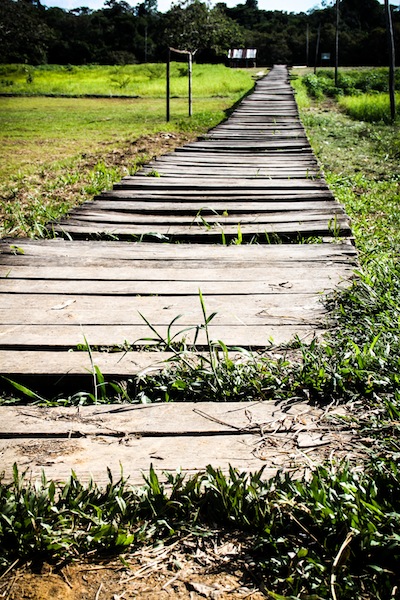
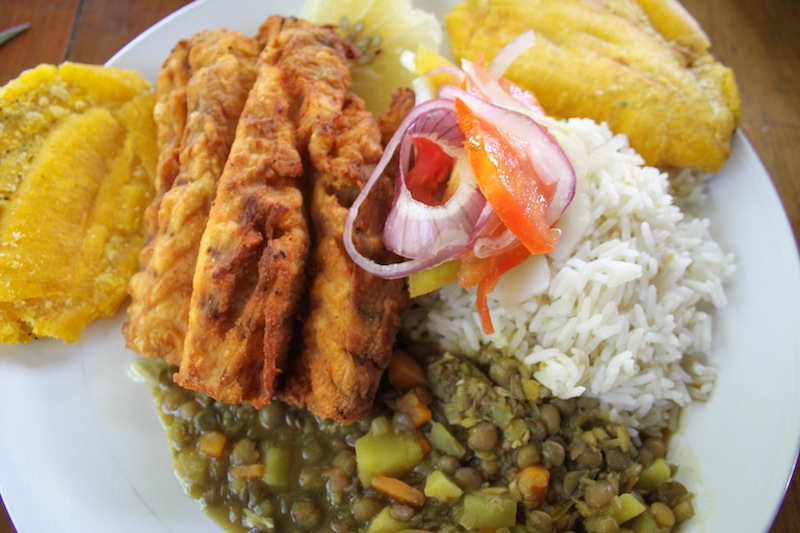
But the longer we spent in the Amazon, the less likely it seemed to kill me. In Leticia, Colombia’s main outpost before the wild, the city droned with beat-up motorcycles, a soothing hum in the relaxed, tropical atmosphere. The pastel streets were full of open storefronts selling neon plastic junk, beachwear, and souvenirs, and men and women manning little metal carts with kebabs and hot dogs, sweet fresh juices and fried empanadas for sale. Stray dogs lounged on every corner, and though they were mangy and beat-up-looking, they didn’t give a second glace as you stepped over or around them.
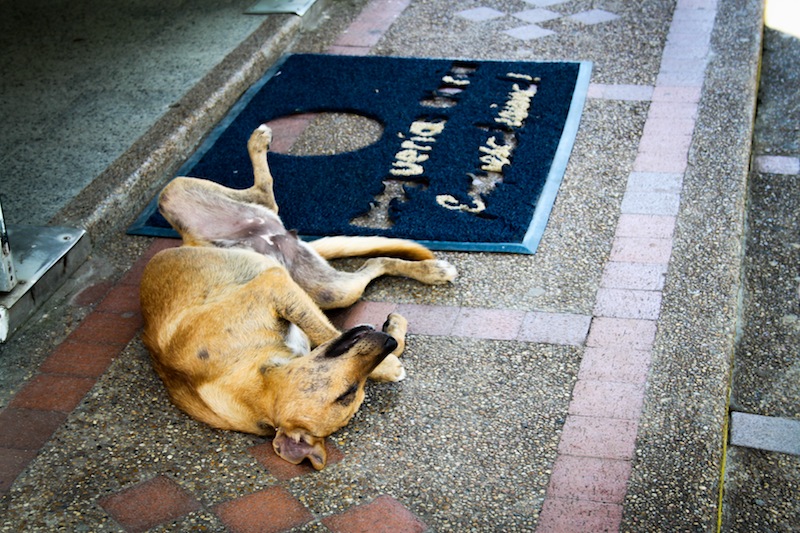
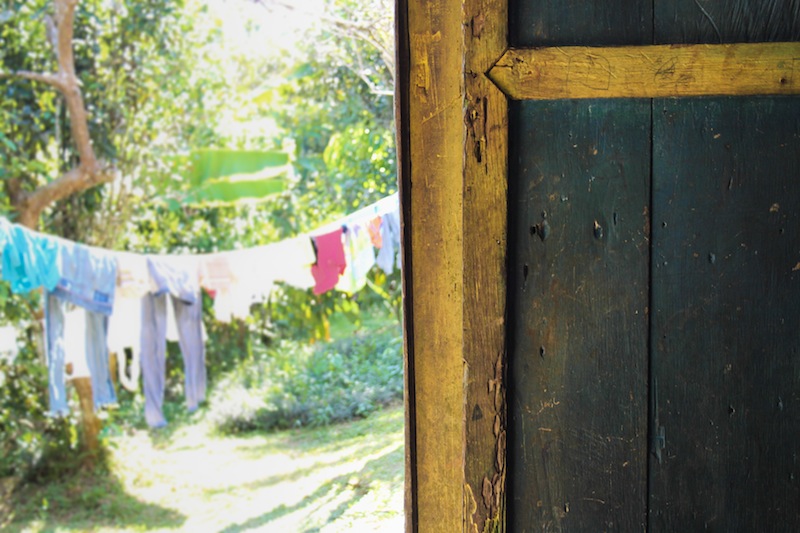
As in much of Colombia, the restaurants all offered a daily plate lunch: Fried fish or grilled meat served with platanos, rice, beans, and yucca, and always accompanied by freshly pressed natural juice and a soup made with yesterday’s leftovers. » Continue reading this post...